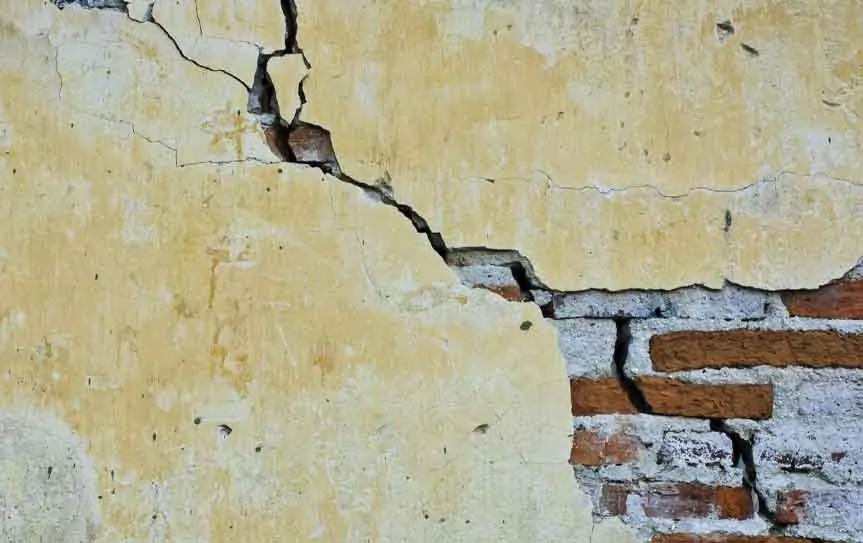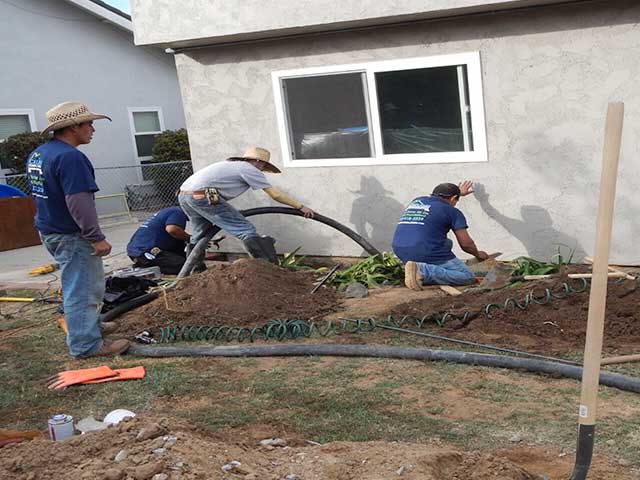The escrow process is a necessary step to maneuver when buying or selling a home. Despite being a very common process, many people struggle with navigating escrow. Fortunately, the process is not as demanding and stressful as some fear.
By understanding escrow, homeowners and buyers can simplify the process and eliminate potential problems.
To best organize the escrow process, it is necessary to create a checklist outlining the steps needed. Escrow includes specific requirements for buyers and sellers, usually including a mandated home inspection. Therefore, there may be some home repair steps required due to California inspection contingencies in the escrow process.
To summarize, the escrow process includes the following steps which will be explained in more detail:
1. Pre-Escrow: Escrow starts once the seller has accepted the buyer’s offer and the purchase agreement contract has been signed by both parties.
2. Funding Escrow: An earnest money deposit is deposited in the escrow account.
3. Inspection Period: The seller discloses any issues with the home and a thorough inspection is made.
4. Negotiations: Based on what the inspection finds, negotiations are made between buyer and seller.
5. Closing Escrow: The buyer completes all final steps and the loan contingency is removed.



 After a thorough assessment, one of our foundation repair experts will provide you with a free*, no-obligation quote.
After a thorough assessment, one of our foundation repair experts will provide you with a free*, no-obligation quote.